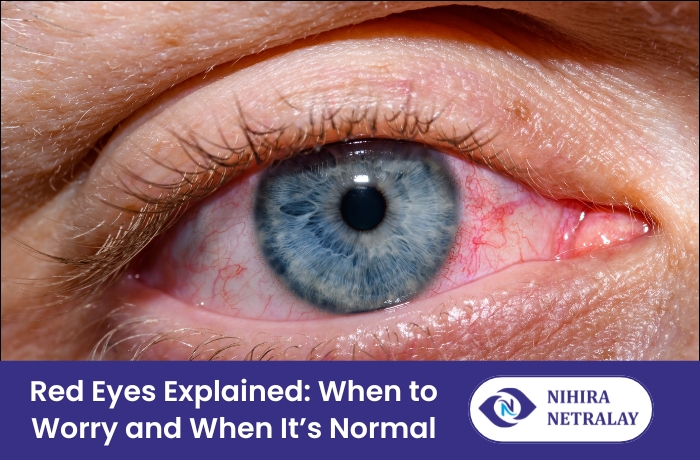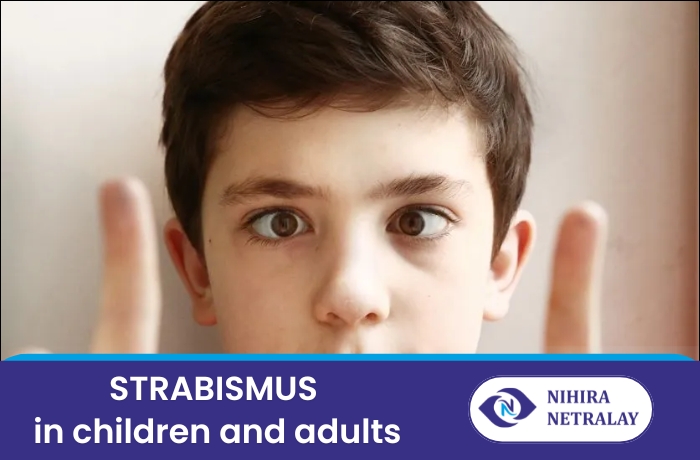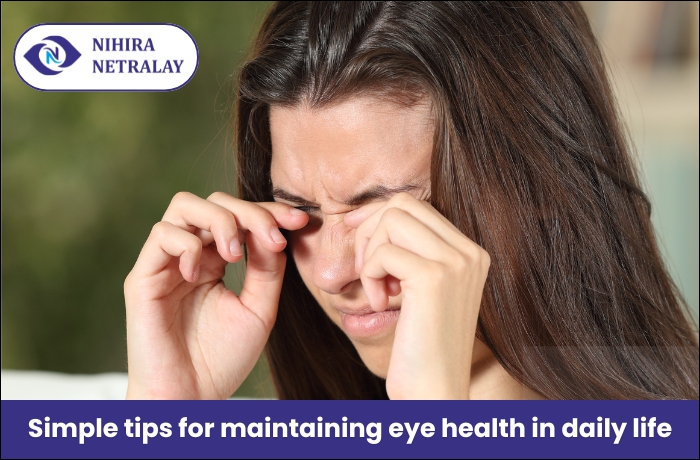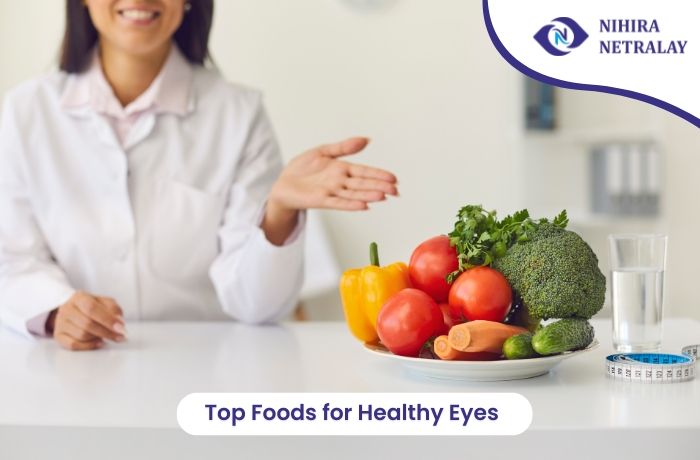We’ve all experienced it: you look in the mirror and see a network of red veins in the whites of your eyes. While often alarming, red eyes are a common issue with a wide range of causes, from harmless to serious. Understanding the difference can save you from unnecessary worry or help you seek timely treatment.
When Red Eyes Are Usually Normal (And How to Fix Them)
Most bouts of redness are temporary and resolve on their own. Common, non-threatening causes include:
-
Allergies: Pollen, dust, or pet dander can trigger the release of histamine, causing blood vessels in the eyes to dilate and become red and itchy.
-
Dry Eye Syndrome: Staring at screens, air conditioning, or simply not producing enough tears can lead to dryness and irritation, resulting in redness.
-
Eye Strain: Prolonged focus on digital devices, reading, or driving can fatigue your eye muscles and cause blood vessels to expand.
-
Minor Irritants: Smoke, chlorine from pools, or even a stray eyelash can cause temporary redness that clears once the irritant is removed.
Simple Solutions: For these, try over-the-counter artificial tears, taking screen breaks (the 20-20-20 rule), using a humidifier, or taking an antihistamine for allergies.
When to Worry: Red Flags for Red Eyes
While often benign, red eyes can sometimes signal a more serious condition that requires prompt attention from an eye doctor. You should schedule an appointment with an ophthalmologist if you experience redness along with any of the following:
- Pain in the eye: Any significant discomfort, aching, or a feeling of pressure.
- Vision Changes: Blurriness, halos around lights, or any loss of vision.
- Thick Discharge: A green or yellow pus-like discharge that crusts over, often indicating a bacterial infection like conjunctivitis.
- Sensitivity to Light (Photophobia): An unusual discomfort in bright light.
- Feeling of a Foreign Body: The persistent sensation that something is stuck in your eye.
- Recent Eye Injury or Trauma.
These symptoms could point to conditions like uveitis (inflammation inside the eye), keratitis (a corneal infection), an acute glaucoma attack (a medical emergency), or a serious corneal abrasion.
When is it a True Eye Emergency?
Go to the nearest emergency room or contact your eye specialist immediately if you experience sudden, severe eye pain, a sudden and significant vision loss, or if the redness follows a chemical splash or a penetrating injury to the eye.
If you’re experiencing persistent or painful red eyes, don’t ignore them. Early diagnosis and treatment are key to preserving your vision. For comprehensive eye care in Navi Mumbai, consult with a trusted specialist.
Dr. Ankita Patil, a highly skilled Eye Specialist in Nerul, Navi Mumbai, provides expert diagnosis and personalized treatment for all eye-related concerns, ensuring your eyes receive the best possible care.
Frequently Asked Questions (FAQs)
1. How do I get rid of red eyes?
For minor irritation, use artificial tears, apply a cool compress, and avoid allergens. If redness persists or is accompanied by pain or vision changes, see an eye doctor.
2. Can lack of sleep cause red eyes?
Yes, insufficient sleep prevents your eyes from getting adequate lubrication, leading to dryness and dilated blood vessels, which causes redness.
3. When should you go to the doctor for red eyes?
See a doctor if you have eye pain, blurred vision, light sensitivity, thick discharge, or if the redness doesn’t improve after a few days.
4. What is a red eye a symptom of?
It can be a symptom of allergies, dry eye, conjunctivitis (pink eye), eye strain, or more serious conditions like uveitis or glaucoma.
5. Can stress cause red eyes?
Yes, stress can lead to fatigue and hormonal changes that reduce tear production, resulting in dry, red eyes.





